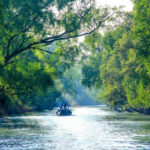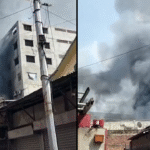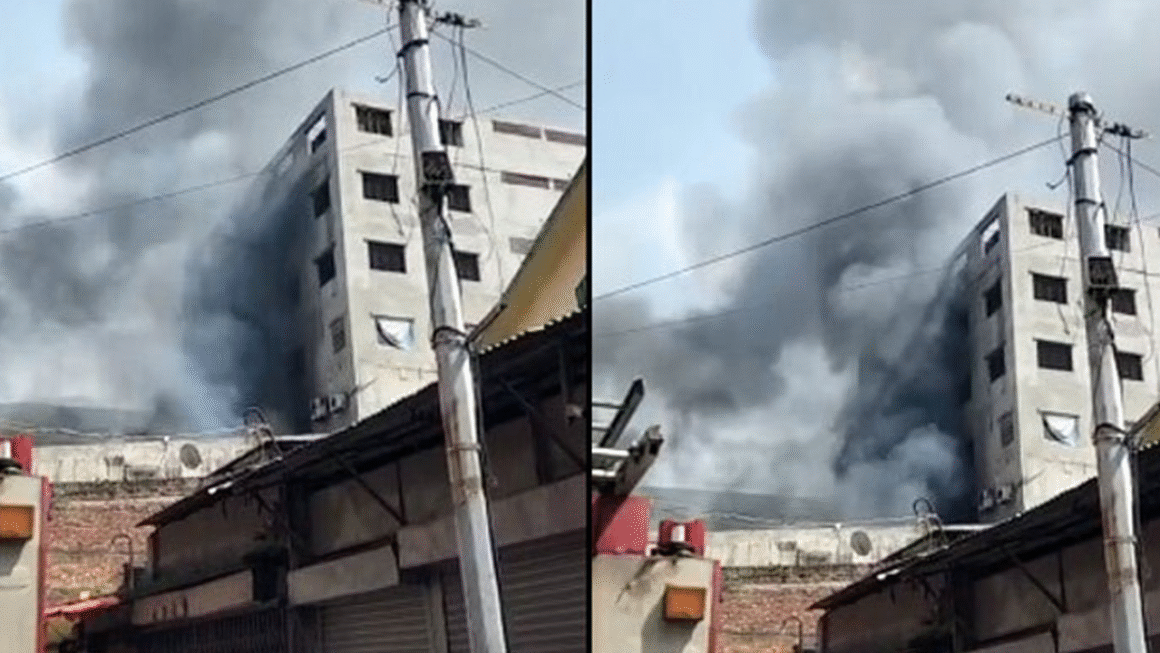 Exploring Khulna District: The Gateway to the Sundarbans and Rich Cultural Heritage
Exploring Khulna District: The Gateway to the Sundarbans and Rich Cultural Heritage
Khulna District, located in the southwestern part of Bangladesh, is one of the most captivating regions in the country, drawing visitors for its diverse culture, rich history, and proximity to the Sundarbans, the world’s largest mangrove forest and a UNESCO World Heritage Site. The district is a significant cultural and economic hub, connecting Bangladesh to the Bay of Bengal through its coastal areas.
In this blog post, we’ll take you through everything you need to know about Khulna District – from its historical background to its breathtaking attractions, local culture, and how to travel to this wonderful destination. Whether you’re a history buff, a nature enthusiast, or someone simply looking to explore new places, Khulna has something for everyone.
Geographical Location of Khulna District-
Khulna District is situated in the southwestern part of Bangladesh, within the Khulna Division. It is bordered by the Ganges River to the north, the Bay of Bengal to the south, and the Sundarbans mangrove forest to the east. This strategic location makes Khulna not only a center of commerce and trade but also a hotspot for eco-tourism, with easy access to one of the most biodiverse regions on the planet.
The district includes several administrative divisions, such as Khulna Sadar, Dacope, Paikgacha, Koyra, Bagerhat, and Rupsha, each offering unique local cultures, landscapes, and attractions. The geographical setting of Khulna adds to its charm and makes it an ideal destination for tourists seeking to experience both urban and rural Bangladesh.
Historical Significance of Khulna District-
Khulna is deeply rooted in Bangladesh’s history, playing a pivotal role during the Mughal era and the British colonial period. During the Mughal period, Khulna was a strategic port and a hub for trade and commerce. The British expanded the infrastructure of Khulna to develop it into a key port for exporting goods, particularly agricultural products such as jute.
The region also witnessed significant activity during the Bangladesh Liberation War of 1971. Several areas in Khulna were sites of major battles and resistance against the Pakistani military, and the district’s role in the liberation movement remains an important chapter in the national history.
Khulna’s Major Attractions-
1. Sundarbans Forest
The Sundarbans is undoubtedly the crown jewel of Khulna District. Stretching over 10,000 square kilometers, this UNESCO World Heritage Site is home to a vast array of wildlife, including the famous Royal Bengal Tiger. The forest is a unique ecosystem, consisting of saltwater tidal forests, freshwater swamps, and numerous islands.
Visitors to Khulna often embark on boat tours of the Sundarbans, where they can explore the dense mangrove forests, observe wildlife, and enjoy the serenity of this protected natural reserve. It’s one of the best places in Bangladesh for eco-tourism and wildlife photography.
2. Bagerhat
Bagerhat, a UNESCO World Heritage Site, is another gem in Khulna District, known for its rich history and architectural marvels. The Sixty Dome Mosque, built in the 15th century, is one of the most iconic landmarks of Bangladesh. The mosque, along with other historical structures like the Khan Jahan Ali Tomb and the Shat Gombuj Mosque, highlights the region’s Islamic architectural heritage.
3. Rupsha River
The Rupsha River is one of the most picturesque locations in Khulna. It flows through the heart of the district and is famous for its boat rides, offering travelers a peaceful journey through lush landscapes and rural areas. The river is vital for transportation, connecting Khulna city with various towns and villages.
4. Khulna City
Khulna city itself is a blend of urbanization and natural beauty. It is home to several markets, such as the Khulna New Market, where you can experience the local flavors and shop for traditional Bangladeshi goods. The Shrine of Hazrat Khan Jahan Ali, located in the city, is another popular destination for those interested in historical and religious sites.
5. Koyra and Dacope
These upazilas (sub-districts) are less explored but offer visitors a glimpse into rural Bangladesh. Located near the Sundarbans, they are characterized by beautiful landscapes, rivers, and wildlife. Many tourists who seek a more peaceful and off-the-beaten-path experience visit these areas.
Khulna’s Culture and Traditions-
Khulna is not only known for its natural beauty but also for its rich culture. The district celebrates numerous festivals and cultural events, including:
- Pohela Boishakh (Bengali New Year): People from all walks of life come together to celebrate the first day of the Bengali calendar year with traditional foods, music, and dances.
- Durga Puja: The Hindu community in Khulna celebrates Durga Puja with great enthusiasm, marked by colorful processions and rituals.
- Eid-ul-Fitr and Eid-ul-Adha: These important Islamic holidays are observed with prayers, feasts, and community gatherings.
Khulna is also known for its folk traditions, including Bengali folk music and Baul songs, which are an integral part of the local culture.
Khulna’s Economy and Agriculture-
Khulna’s economy is heavily dependent on agriculture, with the fertile lands around the Ganges River producing large amounts of rice, jute, and various fruits. The Sundarbans also plays a role in the local economy by providing timber, honey, and fish.
Apart from agriculture, Khulna is a major industrial hub, with industries such as shipbuilding, textiles, and cement factories contributing to the local economy. The city has a thriving port which handles goods for both domestic and international markets, making it a significant player in Bangladesh’s trade and commerce.
How to Travel to Khulna District-
By Air:
Khulna has its own airport, Shah Mokhdum Airport, which connects the district to the capital Dhaka. Flights from Dhaka to Khulna are frequent, making air travel one of the fastest ways to reach the district.
By Train:
Khulna is well-connected to Dhaka and other major cities via train. The Khulna Railway Station offers regular train services, making it a convenient and affordable mode of transport for travelers.
By Bus:
Several bus companies operate services to Khulna from Dhaka and other parts of the country. The journey by bus offers scenic views, and it typically takes around 6-7 hours to reach Khulna from Dhaka.
By Water:
For those interested in an adventurous journey, ferries and boats are available to reach Khulna by water. The river routes are popular for travelers heading to the Sundarbans.
Conclusion-
Khulna District is one of Bangladesh’s hidden treasures, offering a rich blend of nature, history, and culture. Whether you’re exploring the majestic Sundarbans, wandering through the historic sites of Bagerhat, or simply enjoying the serene landscapes along the Rupsha River, Khulna promises to offer you a truly memorable experience.
FAQs About Khulna District-
1. What are the top tourist attractions in Khulna?
The top tourist attractions in Khulna include the Sundarbans, Bagerhat (Sixty Dome Mosque), Rupsha River, Khulna city, and the rural areas of Koyra and Dacope.
2. How do I get to the Sundarbans from Khulna?
You can easily reach the Sundarbans from Khulna by booking a boat tour. Various travel agencies offer boat rides and guided tours of the Sundarbans from Khulna.
3. What is the best time to visit Khulna?
The best time to visit Khulna is during the winter months, from November to February, when the weather is cooler and more comfortable for travel.
4. What are some traditional foods of Khulna?
Khulna offers a variety of traditional Bangladeshi foods, including shorshe ilish (hilsa fish in mustard sauce), panta bhat (fermented rice), and sweets like mishti doi (sweetened yogurt).
5. Is Khulna safe for tourists?
Yes, Khulna is generally considered safe for tourists. However, like any destination, it’s important to stay cautious and be aware of your surroundings, especially in remote areas.













